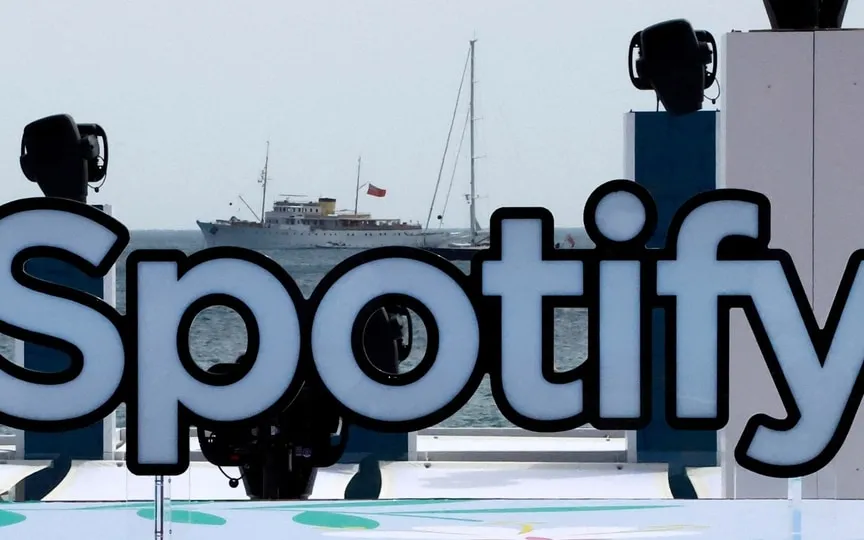Spotify’s Billion Dollar Shakeup: How Will Rights Holders Get Paid?
Spotify, the leading music streaming platform, announced on Tuesday that it plans to make changes to its artist payment system by 2024. These modifications will involve implementing a minimum threshold for the number of streams a song must receive in order for artists to receive royalties.
With the announced changes, Spotify estimates that it can generate approximately $1 billion in additional revenue for artists over the next five years.
The world’s biggest music streaming platform said on its website for artists that it plans to “further prevent artificial streaming, better distribute small fees that don’t reach artists, and crack down on those who try to game the system with noise.”
Beginning in early 2024, Spotify will require at least 1,000 streams in a 12-month period before paying royalties.
The platform said that below this threshold, songs generate an average of three cents a month and do not end up with rights holders, even if they total $40 million.
“We’re simply spending tens of millions of dollars each year to add payments to all eligible songs, rather than breaking them down into $0.03 payments,” it said.
A global study conducted in early 2023 estimated that between 1 and 3 percent of online listening was fake, based on 2021 data from the Center national de la musique (CNM) in France.
Another change to Spotify’s remuneration system is to tighten the terms of payment of royalties for non-musical “noises” such as animal or nature sounds.
These tracks must be at least two minutes long, and Spotify is discussing with rights holders how to “value noise streams at a fraction of the value of music streams.”




